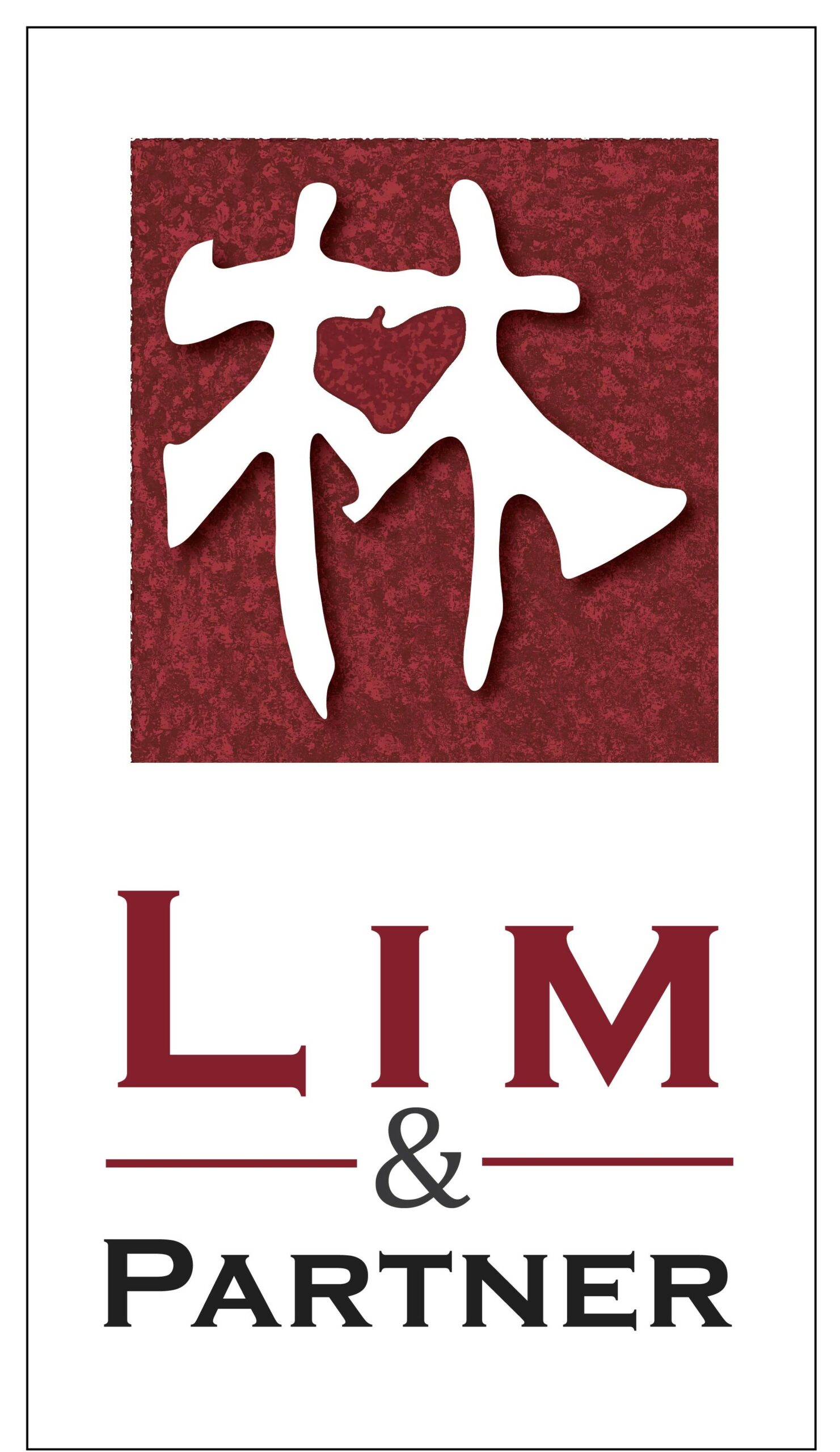
Never waste a good crisis: easier said than done? For some sectors such as aviation, tourism, hospitality, and the performing arts, it is difficult to see the COVID-19 crisis as anything other than a threat. For others such as diagnostic labs, personal protective equipment manufacturers, food delivery services and providers of web-conferencing tools the crisis was a gold mine. There are also multiple examples of companies that reinvented themselves.
The impact of the crisis differs from sector to sector and from company to company.
In general, companies run into trouble because they miss important market trends or fail to respond to them accordingly, but external shocks, like the COVID-19 pandemic can accelerate them.
If from one day to another your customers are in lockdown and you can no longer sell your products or services, then a liquidity crisis is just around the corner. Plenty of companies cannot survive a quarter without sales.
We may conclude that in a crisis, cash is king, but we like to add: equity is even more important. Why? Because equity will enable companies to secure financing. In other words, the challenge for companies is that they need liquidity to survive in the short run, but in the long term, they need to boost their equity position, which requires profitability to be restored and strengthened.
To reinstate a healthy core, you will have to restructure. Do it thoroughly: desperate times call for desperate measures. It includes the elimination of excess capacity, cost savings, opening new markets … two recommendations: do it fast and lead by example.
Restructuring is an essential part of bouncing back, but not the full story. Once you have protected your core and completed the first steps, it is important to go back to the basics of strategy development to regain profitability, which means answering the questions: “Who is our customer?” and “What do we provide?”; “What is our value proposition?” and “What is our operating model?”.
In a matter of months, you can add more sales channels, making the leap to digital, or even acquire a competitor. Nevertheless, it is also important to take a longer-term perspective.
Several studies describe companies that managed not only to survive the financial crisis but flourished afterwards and found that they had absorptive agility. Just like boxers, an exceptional breed of dogs, companies can be rated on agility and power of absorption. Agile or adaptive companies spot and seize opportunities in the market, while absorptive companies are able to absorb shocks and survive crises.
How can companies become more agile?
By making sure they consistently detect opportunities and act faster than their competitors, by analysing their product portfolio and shying away from reallocating resources to the more profitable activities. Agile companies also need to build absorption capabilities, to be able to withstand shocks. Interestingly, the more agile companies tend to become, the more profit they generate and in doing so, they improve their absorption capabilities.
Agility and power of absorption are not mutually exclusive, but complementary and therefore companies should strive to excel in both, and build absorptive agility in order not only to survive a crisis, but to emerge as a leader.
Do not forget that your strategy should include all stakeholders and that business as usual is not an option when society and public opinion has changed following a crisis.
